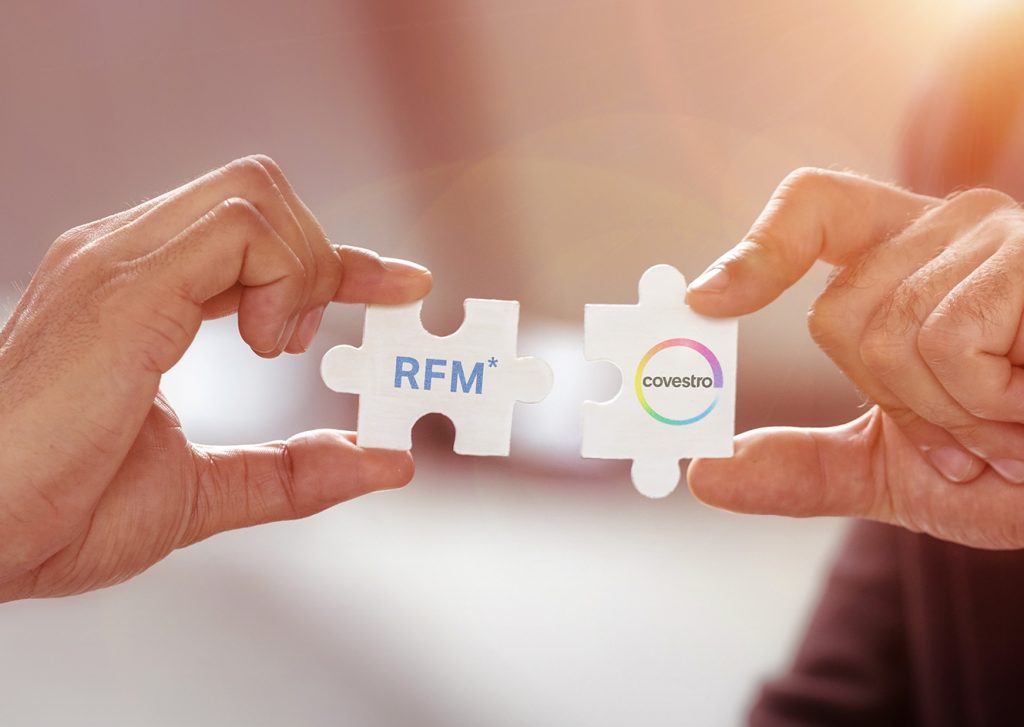German polymer manufacturer Covestro has completed its acquisition of DSM’s Resins & Functional Materials unit, including its 3D printing offering, and the ex-DSM team is working to “bring the benefits of SLA to DLP” with a new line of Somos resins.
According to what was DSM, and is now Covestro, the adoption of DLP/LCD 3D printing is growing rapidly thanks to the technology’s high throughput capabilities, but existing materials are proving to be a barrier to scalability. To prevent the distortion that’s often seen in prints from larger 8K machines, the firm is now working on a new range of ‘hybrid resins’ with an SLA-like chemistry, that could yield parts with significantly reduced shrinkage.
“What we’re seeing in the DLP world is that these printers were very small, but they’re getting much larger now,” explained Andrew Graves, Equipment Partnership Manager at former-DSM-now-Covestro. “DLP is getting to 4K and 8K, and the LCD printers are kind of unlimited about how big they can get.”
“As printers get larger, you’re going to get distortion and a lot of curling using current materials,” he added. “So we are looking at bringing our expertise in SLA hybrid materials into the DLP and LCD world for end-use, and specifically, for larger parts that need to be accurate and conform to an engineering drawing.”
“We are bringing our expertise in the engineering polymers field to DLP and LCD printers.”

An expanded polymeric portfolio
Based in the Dutch city of Geleen, DSM’s former 3D printing materials division was acquired by Covestro in a deal announced last year, and formally absorbed into its wider business on April 1st 2021. Prior to its acquisition, the subsidiary had built up a broad material portfolio, purchasing part of Clariant’s filament and pellet range in June last year, that will now serve to supplement Covestro’s burgeoning product line-up.
The ex-DSM division’s range already caters for a broad church of printing technologies, and includes everything from FDM-suitable filaments to SLS-ready powders. Over the last two years, the team has developed glass-filled 3D printing pellets as well as new sustainable materials, debuting its bio-based EcoPaXX AM4001 GF polymer in November 2020.
Elsewhere, leveraging its growing expertise in large-format printing, the former DSM team has contributed to a number of eco-friendly infrastructure projects, including a Dutch 3D printed footbridge built entirely from recycled materials. Moving forwards, the team continues to encourage more sustainable production, and is currently developing a Life Cycle Assessment (LCA) tool for assessing the green merits of its upcoming products.

Levelling-up DLP printing
Another core component of the team’s future material strategy, lies in its analysis of trends within the DLP and LCD 3D printing segments. According to the company, light-powered machines have grown larger to the point that there’s now a demand for resins that offer reduced distortion, yet there aren’t any materials that offer SLA-like stability on the market.
“All SLA materials that are available today from either Covestro (formerly DSM) or other companies, consist of a hybrid chemistry which is an epoxy acrylate combination with two materials and two photo-initiators,” explained Graves. “It gives you tough materials with very low shrinkage, which is important when you’re building large parts.”
By launching DLP resins that feature a unique acrylate/epoxy-based chemistry, the ex-DSM team is therefore aiming to corner a market niche for DLP/LCD-optimized hybrid materials. Under DSM, the company previously dipped its toe into the market with the launch of the non-hybrid Somos QuickGen 500, a dedicated DLP polymer with enhanced flexibility, and it intends to supplement this portfolio moving forwards.
In terms of speed, the resin is reportedly capable of printing twice as quickly as other similar polymers, making it better-suited to functional prototyping applications. Later this year, Covestro (formerly DSM) also plans to launch the Somos PerFORM HW, a new hybrid material that could take DLP to the next level by bringing true SLA functionality to market.
Previewing the PerFORM
The former DSM team has worked closely with various 3D printer manufacturers to optimize the performance of Somos PerFORM HW. During initial testing, the material reportedly demonstrated an SLA-like tensile strength after post-curing of 80 MPa, in addition to an extremely high heat resistance to temperatures up to 260°C.
Having successfully tweaked the formulation of its new material based on the feedback gained via test prints on their partners’ machines, the team is lining up a Q2 2021 release for its first truly-hybrid DLP polymer.
“As far as we know, there’s nothing like it,” concluded Graves. “If you look at the PerFORM HW, there are competitive versions of PerFORM for the SLA, and there are similar materials in the DLP world, but there’s nothing that is based on this hybrid chemistry, which offers the same low shrinkage and high accuracy in the DLP world.”
To stay up to date with the latest 3D printing news, don’t forget to subscribe to the 3D Printing Industry newsletter or follow us on Twitter or liking our page on Facebook.
Are you looking for a job in the additive manufacturing industry? Visit 3D Printing Jobs for a selection of roles in the industry.
Featured image shows two jigsaw pieces representing DSM and Covestro being put together. Image via Covestro.



